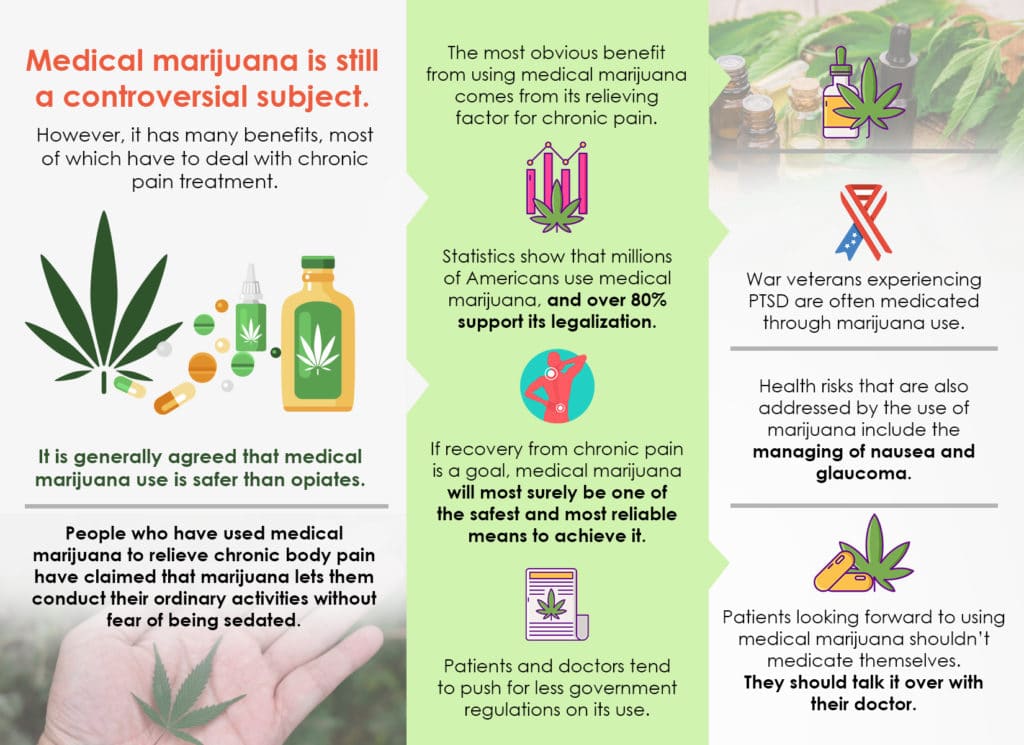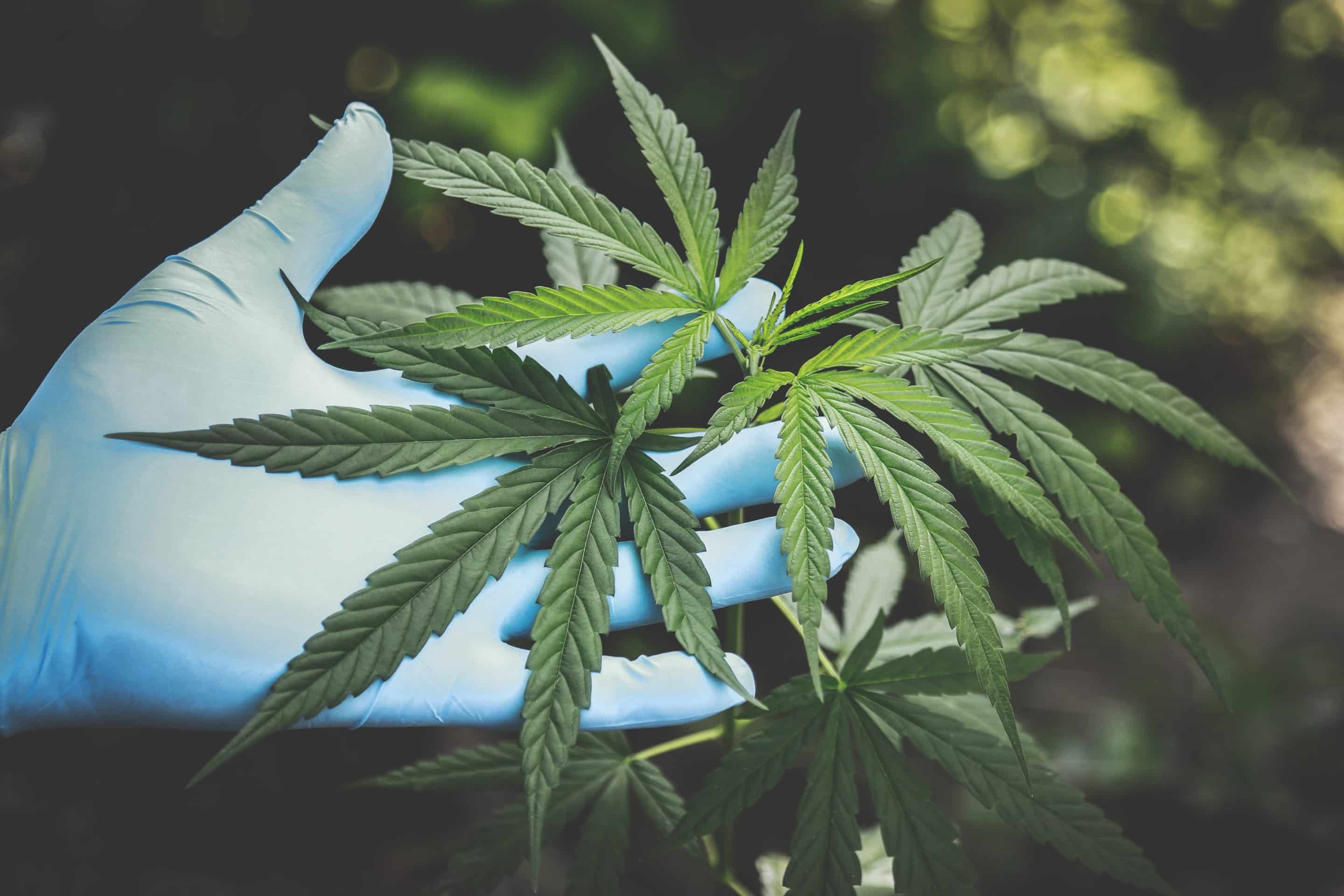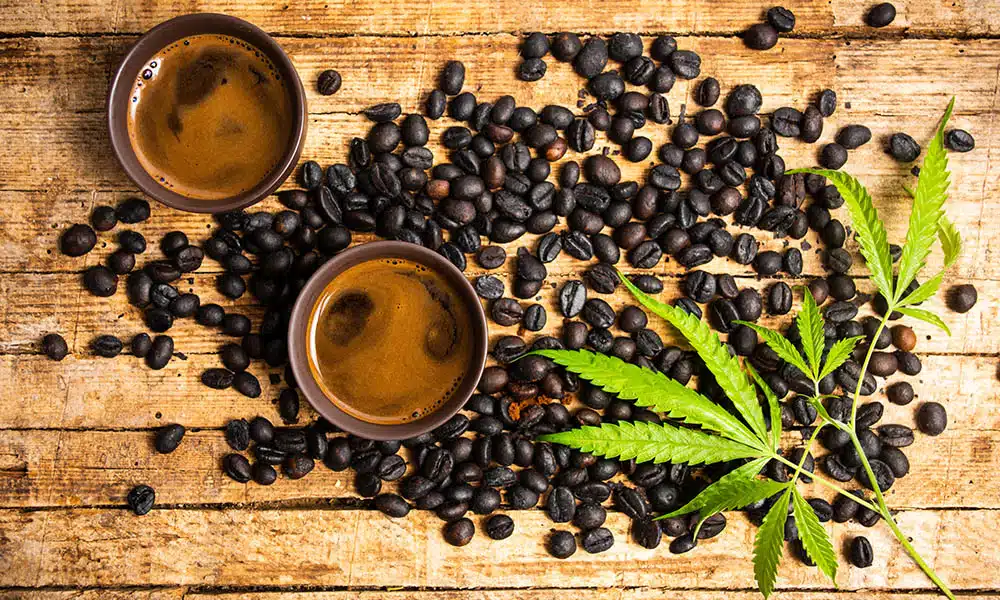Whenever a person brings up the subject of medical marijuana, it usually proves a controversial topic. Until recently, even mentioning the possibilities of the safe use of marijuana was a taboo subject. Even today, there aren’t many topics capable of stirring up stronger emotions among researches, doctors, politicians, journalists and basically anyone concerned about health and private lifestyle choices.
Medical Marijuana Itself Often Strikes People as a Bogus Concept. But, Is This Impression Justified?
Generally, people who are interested in medical marijuana make questions regarding its safety and regulation. Is it legal to use it? Is it healthy? Should it be outlawed, or shouldn’t it? Are there methods to test how effective it is? On which conditions should it be used? Does it cause addiction? Are teenagers safe from it? Should medical marijuana lead to the overall legalization of marijuana?
Although all of these questions are logical and more or less justified, when it comes to the effects and benefits of medical marijuana, all doubts should be brought down to the following: Why is it medical? How can patients who use medical marijuana discuss it with their doctors?
Statistics for medical marijuana use in the United States indicate that several million Americans use it. Furthermore, over 80% of American citizens support the legalization of medical marijuana. Having said that, we can now get to examine what the benefits of using medical marijuana are, and under what conditions it’s legally permissible and healthy to use it.
First and foremost, medical marijuana is mostly used to control and hold back pain in patients who experience specific clinical conditions.
The most obvious benefit from using medical marijuana comes from its relieving factor, especially for people who are recovering from a rough surgical procedure, or who have broken a bone. Even though in these cases, medical marijuana is not particularly strong at holding back pain, it’s still mostly associated with pain recovery in health circles. However, medical marijuana is seen as especially beneficial when it comes to regulating chronic pain.
It is generally agreed that medical marijuana use is safer than opiates.
Unlike the use of opiates, people who use medical marijuana do not necessarily turn into addicts, nor do they risk having an overdose of marijuana use. It is often the case that patients suffering from chronic pain in their bodies won’t be able to use medications such as Advil or Aleve, whether it be because of kidney or ulcers failure. In these situations, for example, medical marijuana could be used as a safe substitute for a healthy pain control drug.
Another of the meaningful benefits from the use of medical marijuana comes from its ability to ease sclerosis and nerve pain.
In this area, there aren’t many other options available for patients who wish to overcome the pain in order to conduct their daily activities. There are, indeed, less-regulated drugs that can have the same pain-relieving effect, such as Lyrica, Neurontin and opiates. However, these are strong sedatives, and they might be a turnoff for users and patients who are looking forward to resuming their daily routines. In general, people who have used medical marijuana to relieve chronic body pain have claimed that marijuana lets them conduct their ordinary activities without fear of being sedated.
Medical marijuana can also be very beneficial as a muscle relaxant.
Over time, patients have often claimed that this is one of marijuana’s most enduring properties. Likewise, when it comes to patients suffering from Parkinson’s disease, medical marijuana comes off as a drug capable of lessening the deepest felt health tremors. In conditions where chronic pain is certain and burdensome, medical marijuana often does wonders as far as relaxation of the body is concerned. In endometriosis, for example, patients attest to its efficient and consistent health benefits. If recovery from chronic pain is a goal, medical marijuana will most surely be one of the safest and most reliable means to achieve it.
Health risks that are also addressed by the use of marijuana include the managing of nausea and glaucoma.
Similarly, people who are in danger of becoming morbidly obese, are often recommended by doctors to use a certain amount of medical marijuana, since it works miracles at weight loss. These conditions are not only often addressed and diminished by the medically authorized use of marijuana, but it might also lead to the treatment of more serious health problems. For example, war veterans experiencing PTSD are often medicated through marijuana use. This is one of medical marijuana’s most promising areas. Veterans and health therapists have often claimed that medical marijuana usually improves on the general health of the patient experiencing PTSD, and will often state that further experimentation is necessary to ascertain its undiscovered potential benefits. As the benefits of medical marijuana on these circumstances become more evident, patients and doctors alike tend to push for less government regulations on its use.
Pain and wasting syndromes linked in many ways to HIV have also been lessened by the medically administered use of marijuana, and continue to do so with every test. Likewise, Crohn’s disease and irritable bowel syndrome have also been brought under health control and regulation with medical marijuana use.

Medical Marijuana Is One of the Most Innovative and Resourceful Means Nowadays to Treat Health Conditions Involving Chronic Pain.
As we have mentioned above, it can be healthier and more reliable than opiates as a calm-inducing drug. That alone warrants further testing and the request for a loosening on its many regulations. Nonetheless, in spite of its many benefits and potential medical advantages, it shouldn’t be forgotten that medical marijuana is, after all, another medical drug. Therefore, if a patient suffers a specific chronic pain condition that warrants its use, they must not make up their mind to treat it on their own. It is necessary that they consult properly with their doctor, so that the remedy itself can provide the necessary relief and beneficial effects on the body experiencing chronic pain.





















